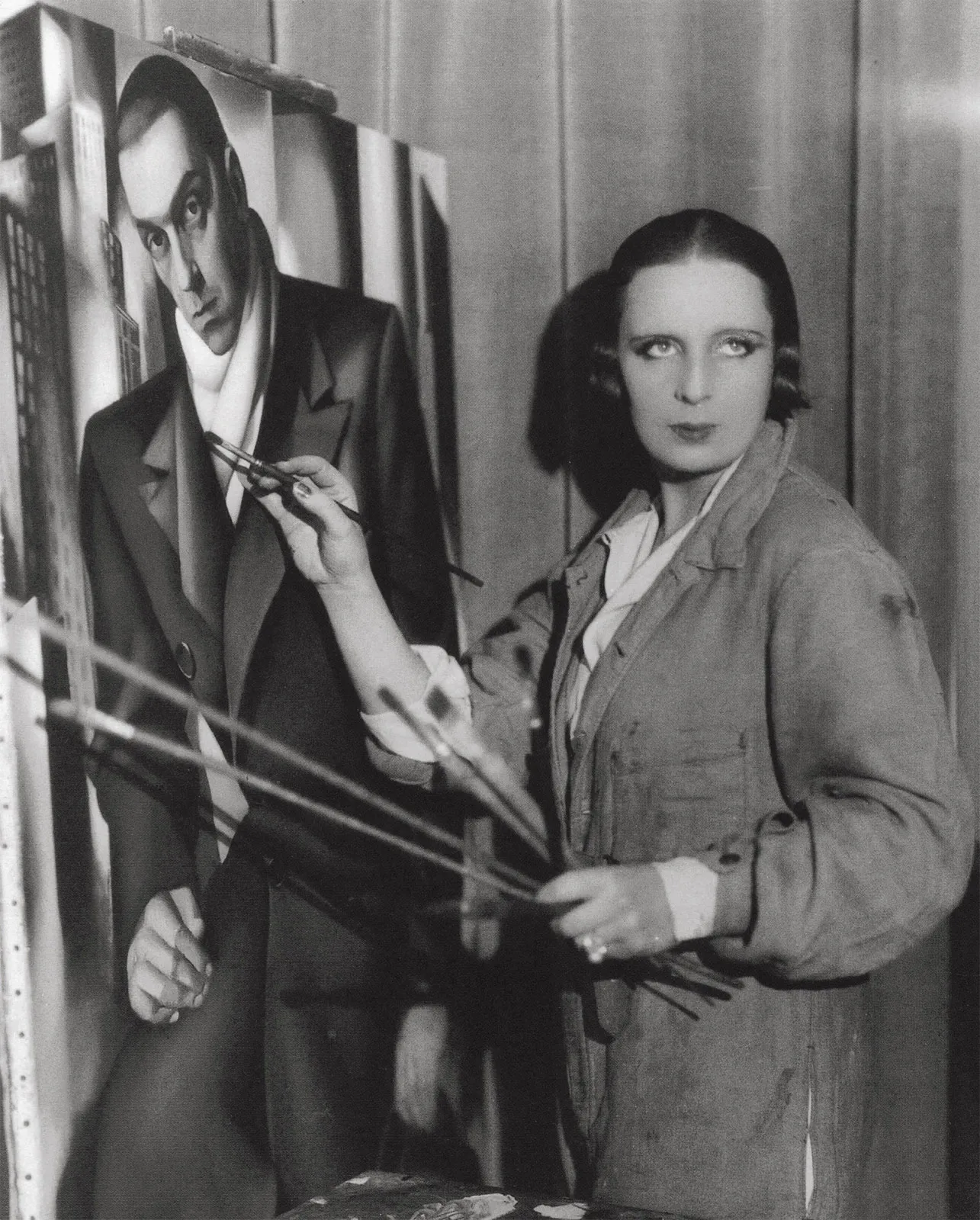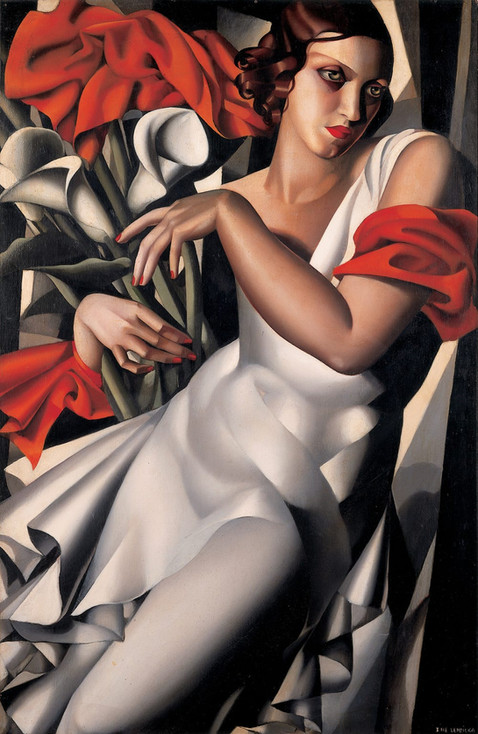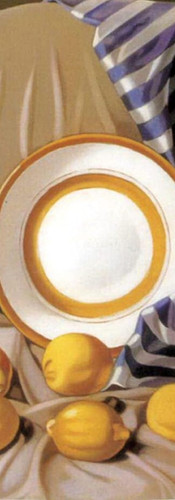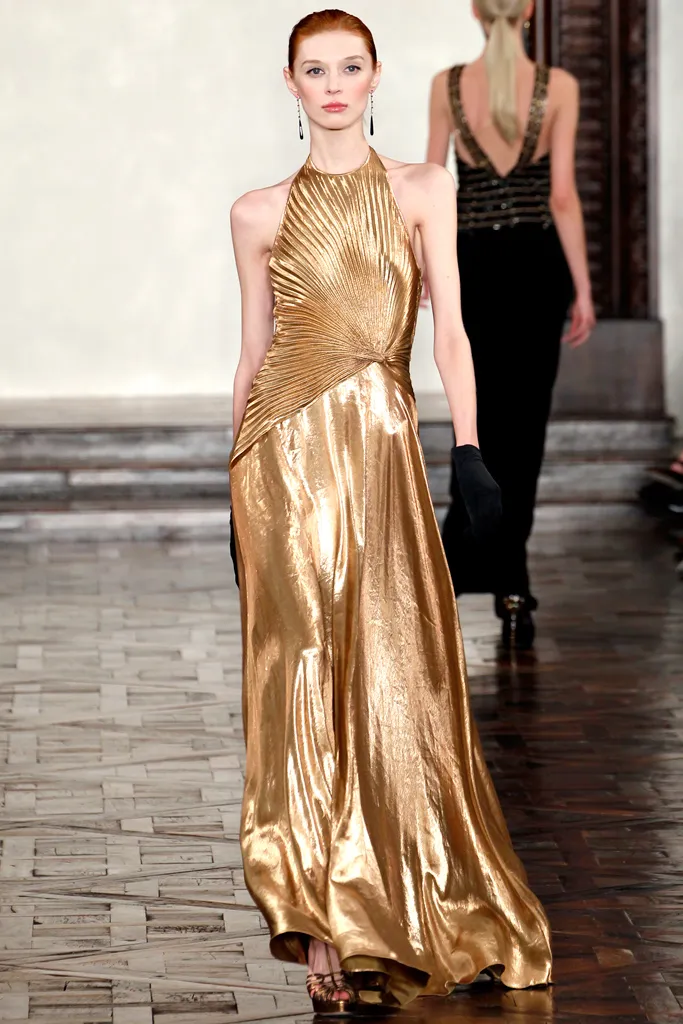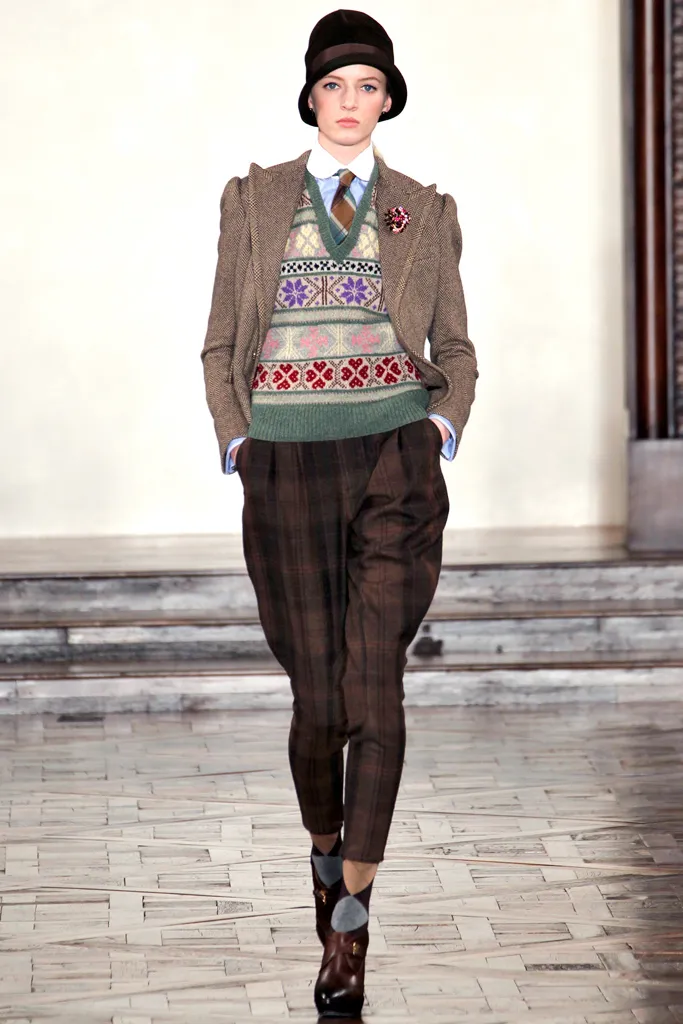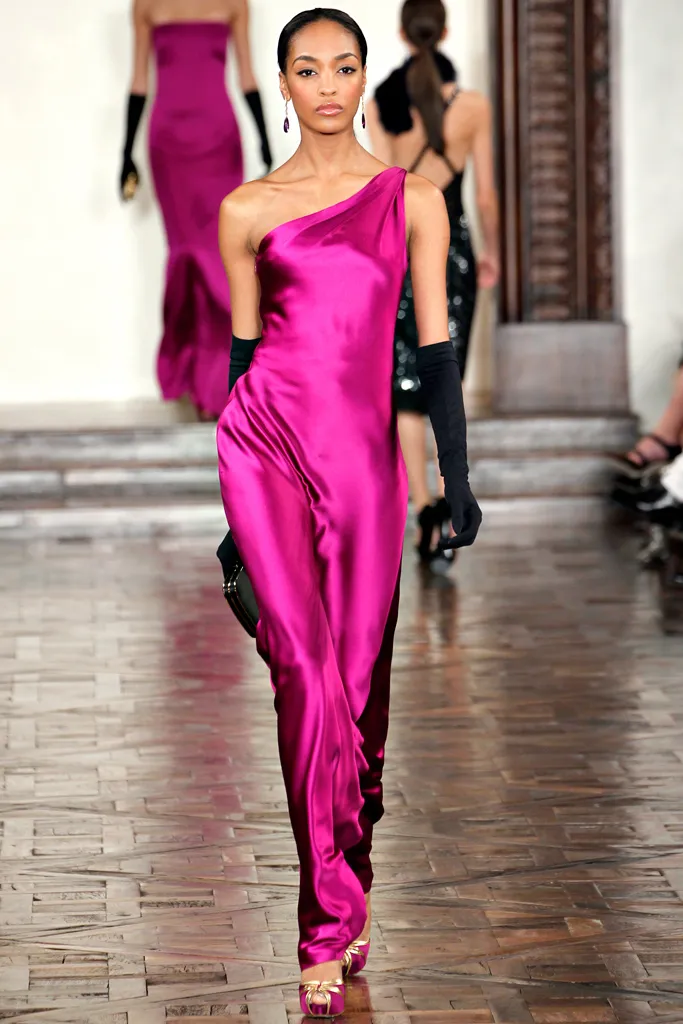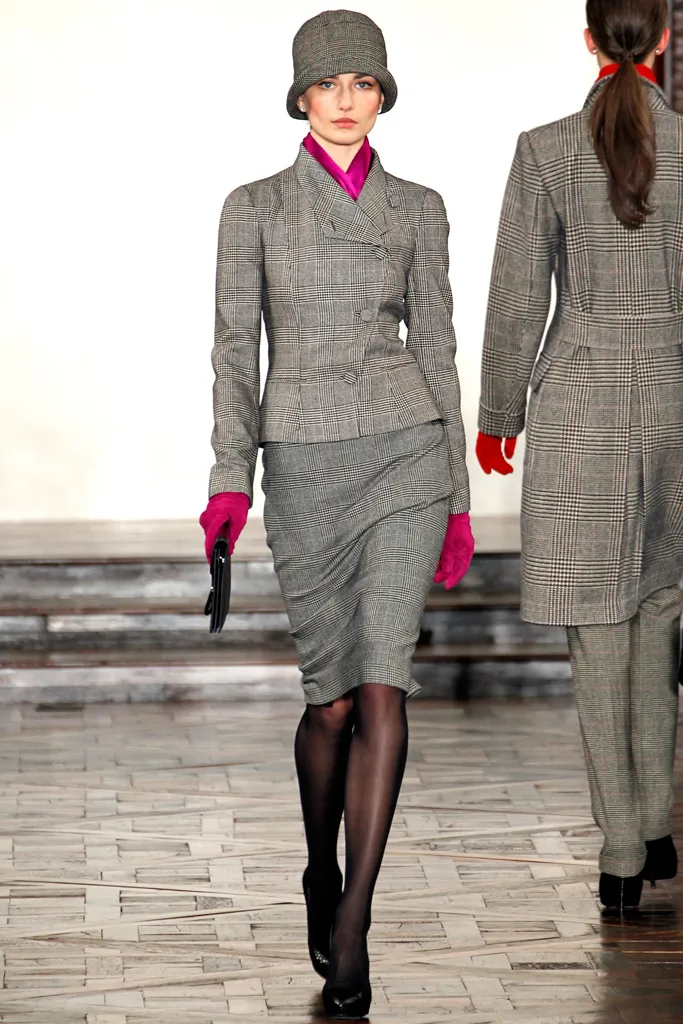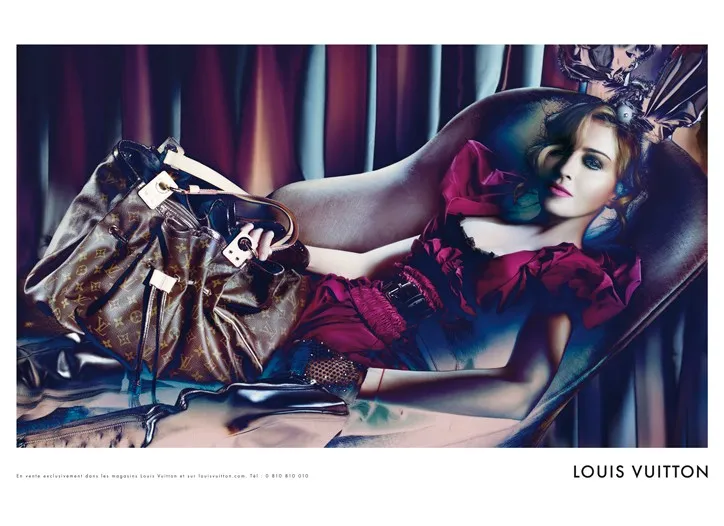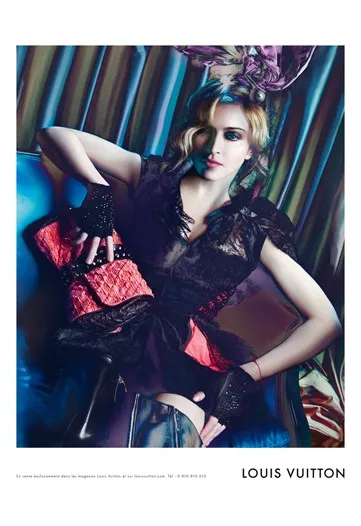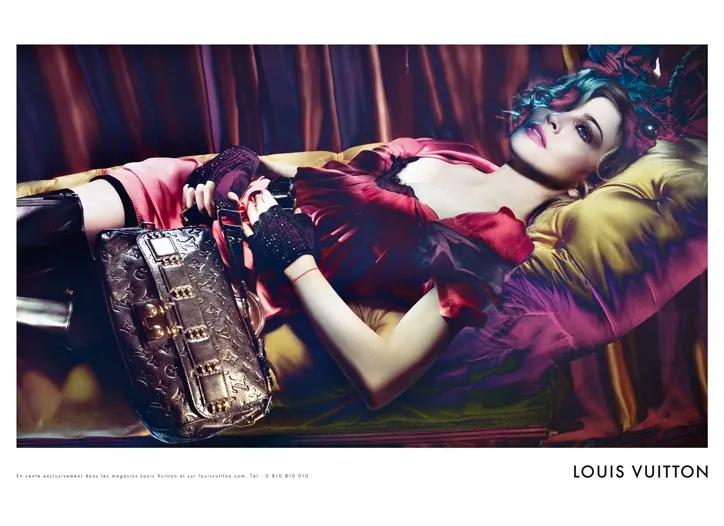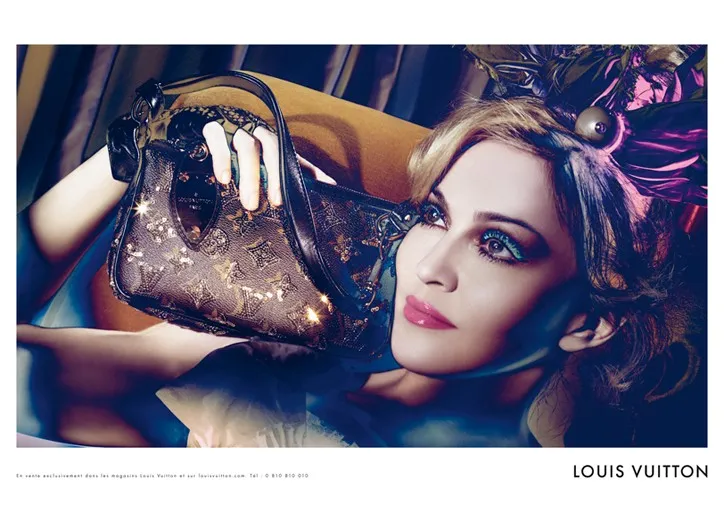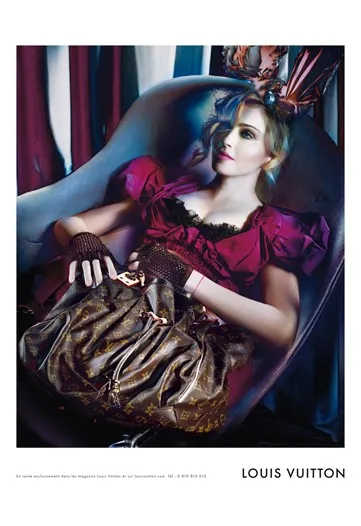- Yaara Keydar
- Apr 14
- 6 min read
In the glittering world of 1920s Paris, where art and fashion collided in a dazzling display of modernity, one woman stood out as the embodiment of the era's bold spirit and glamorous aesthetic. Tamara de Lempicka, the Polish-born artist who would come to be known as the "Queen of Art Deco," left an indelible mark on both the art world and the fashion industry, her influence reverberating through the decades to inspire creators and tastemakers alike.

Born on May 16, 1898, in Warsaw, Poland, Tamara's journey to becoming an iconic figure of the 20th century was as dramatic and colorful as her paintings. Born into a wealthy family, young Tamara was exposed to the finer things in life from an early age. Her grandmother spoiled her with luxurious clothes and trips to the French Riviera and Italy, where she first encountered the masterpieces of the Italian Renaissance that would later influence her unique artistic style.
Tamara's life took a dramatic turn with the outbreak of the Russian Revolution in 1917. Newly married to Tadeusz Lempicki, she fled to Paris, a city that would become her canvas and catapult her to international fame. In the City of Light, Tamara reinvented herself, adopting the more aristocratic-sounding name "de Lempicka" and immersing herself in the vibrant Parisian art scene.
The 1920s marked a period of unprecedented freedom and change for women in the Western world, and Tamara de Lempicka embodied this new spirit of independence. She began her artistic career studying under French Cubist painter André Lhote but quickly developed her distinctive style. Her breakthrough came in 1925 with the International Exhibition of Modern Decorative and Industrial Arts, which later gave its name to the Art Deco movement.
Lempicka's style was a unique fusion of classical techniques and modern sensibilities. She combined the monumentality of 16th-century Mannerism, the mechanical feel of Italian Futurism, and the exaggeration of contemporary fashion magazines to create entirely her own look. Her paintings featured bold lines, vivid colors, and geometric shapes that perfectly captured the essence of the Art Deco movement.
Her ability to depict women as powerful, sensual beings in control of their destinies sets Lempicka apart. Her subjects were predominantly well-built, bob-haired women wearing glamorous gowns that clung to their bodies, driving speeding cars, or lounging sensually against a background of skyscrapers. These images resonated deeply with the changing role of women in society, making Lempicka not just an artist but a cultural icon.
Lempicka's influence extended far beyond the canvas. Her work frequently graced the covers of fashion magazines, bridging the gap between fine art and fashion illustration. In 1929, she was commissioned by the German fashion magazine Die Dame to create a cover that celebrated women's rising independence. The result was her iconic "Self Portrait in the Green Bugatti," which catapulted her to international fame and cemented her status as a symbol of the modern woman.

The artist's personal style was as bold and distinctive as her paintings. She moved in the highest circles of Parisian society, counting among her friends designers like Marcel Rochas, Coco Chanel, Madame Grès, and Rose Descat. These connections influenced her art and style, as these designers often lent her their most beautiful creations to wear at her art openings and events.
Despite the financial challenges of the Great Depression, Lempicka's popularity grew in the early 1930s. She held a successful one-woman show at the Galerie Collete-Weil in Paris. She received commissions to paint portraits of royalty, including Queen Elizabeth of Greece and King Alfonso XIII of Spain. In 1933, she traveled to Chicago, where she exhibited alongside American artists Georgia O'Keeffe and Willem de Kooning, drawing inspiration from the urban American landscape.
Lempicka's personal life also underwent significant changes during this period. Following her divorce from her first husband in 1928, she began a relationship with Baron Raoul Kuffner, whom she married in 1934 after the death of his wife.
With the rise of Nazism in Europe, Lempicka and her husband decided to leave Paris. In February 1939, they relocated to the United States, marking the second time in her life that Lempicka became a refugee. Initially settling in Hollywood, California, Lempicka hoped to continue her successful career. However, she faced unexpected challenges in her new home, where she was often viewed as a "hobby" artist who painted for amusement rather than as a serious professional.
In 1949, seeking new opportunities, Lempicka and her husband moved to New York. There, she continued to paint, but her style shifted away from her signature Art Deco look towards one more reminiscent of the Old Masters. She also branched out into interior design, taking on projects for high-society clients.
Lempicka's life took another turn in 1961 when Baron Kuffner died of a heart attack while on a ship en route to New York. Devastated by the loss, she sold most of her possessions and spent two years traveling the world on ocean liners. During this period, her artistic focus shifted to still-lifes and landscapes, experimenting with thicker paint applications.
After her world travels, Lempicka moved to Houston, Texas, to be closer to her daughter Kizette. At this time, she officially retired from her career as a professional artist, dedicating herself to her family. However, the late 1960s saw a revival of interest in Art Deco, leading to a resurgence of appreciation for Lempicka's earlier works. In 1972, a retrospective of her art at the Luxembourg Gallery in Paris met with critical acclaim, rekindling public interest in her work.
In her final years, Lempicka settled in Cuernavaca, Mexico, a country that had always been close to her heart. She continued to create art, often returning to and reworking compositions from her past. On March 14, 1980, Tamara de Lempicka passed away in Mexico, leaving behind a legacy that continues to influence art and popular culture to this day
Lempicka's impact on fashion extended beyond her lifetime. Her distinctive aesthetic has inspired countless designers and fashion houses over the years. Versace has paid homage to her Art Deco style in several collections, including their Spring/Summer 2021 show. Ralph Lauren cited Lempicka as a significant influence for his Fall/Winter 2012 collection, which featured Art Deco-inspired prints and motifs. Giorgio Armani's Privé Fall/Winter 2022-2023 Collection drew inspiration from Lempicka's work, showcasing the enduring appeal of her sleek, modernist aesthetic.
But Lempicka's influence wasn't limited to high fashion. In the 1930s, she collaborated with Revlon on a campaign for a new lipstick, bridging the gap between fine art and commercial beauty. Even the world of jewelry has felt Lempicka's influence. In 2019, the Swiss luxury jewelry and watch brand Chopard collaborated with Tamara de Lempicka's granddaughter to create a limited-edition jewelry collection inspired by the artist's work. The collection featured Art Deco-inspired pieces that evoked de Lempicka's bold and glamorous style.
Her life and work have inspired novels, plays, and musicals. The play "Tamara," written by John Krizanc in 1981, dramatized a fictional encounter between Lempicka and the Italian poet Gabriele d'Annunzio. More recently, the musical "Lempicka," which premiered at the Williamstown Theatre Festival in 2018, brought the artist's tumultuous life to the stage, further cementing her status as a cultural icon.
Perhaps one of Lempicka's most famous admirers is the pop star Madonna, who has been collecting the artist's work since the 1980s. Madonna's fascination with Lempicka has brought the artist's work to a new generation of fans. The singer has incorporated elements of Lempicka's unique aesthetics into several of her music videos, including "Express Yourself" (1989) and "Vogue" (1990), where her silhouette echoes Lempicka's Cubist, geometric style. The video for "Open Your Heart" (1986) opens with oversized images of Lempicka's paintings "La Belle Rafaela" and "Andromeda," introducing millions of viewers to the artist's work.
Another intriguing anecdote involves the perfume "Lolita Lempicka." This iconic scent, launched in 1997, has an interesting origin that blends literature, art, and perfumery. The fragrance was created by fashion designer Josiane Pividal, who adopted the pseudonym Lolita Lempicka for her fashion house in 1983. The name is a clever combination of references to Vladimir Nabokov's novel "Lolita" and the Art Deco painter Tamara de Lempicka.
Lempicka's influence can also be seen in contemporary photography. Legendary Vogue photographer Steven Meisel recreated Lempicka's style when photographing Madonna for a Louis Vuitton 2009 ad campaign. Similarly, musician Florence Welch was photographed by Karl Lagerfeld for the cover of her single "Shake It Out," styled to look as if she had just stepped out of a Lempicka Art Deco portrait.
As we look back on Tamara de Lempicka's life and work, it's clear that she was a trailblazer who challenged societal norms and redefined the role of women in art and society. Her bold, confident style – both in her art and personal life–inspires creators across various fields, from fashion and beauty to music and theater.





